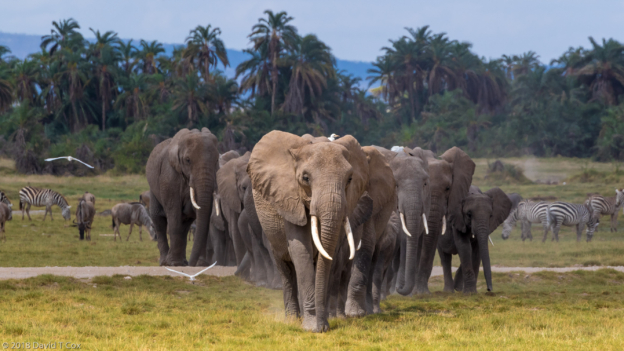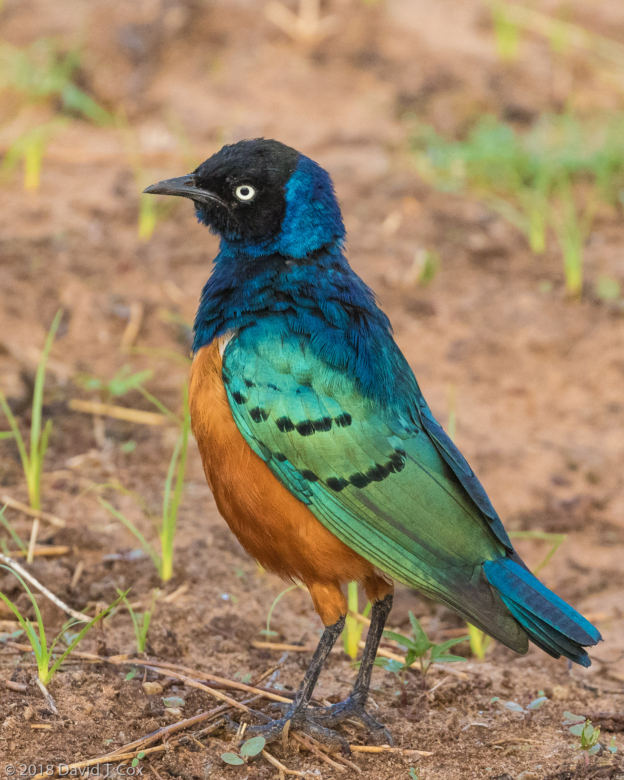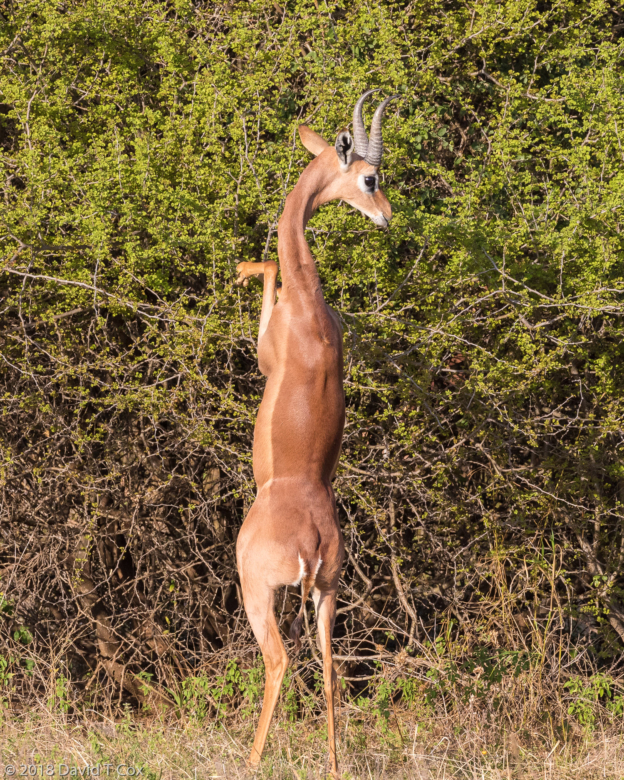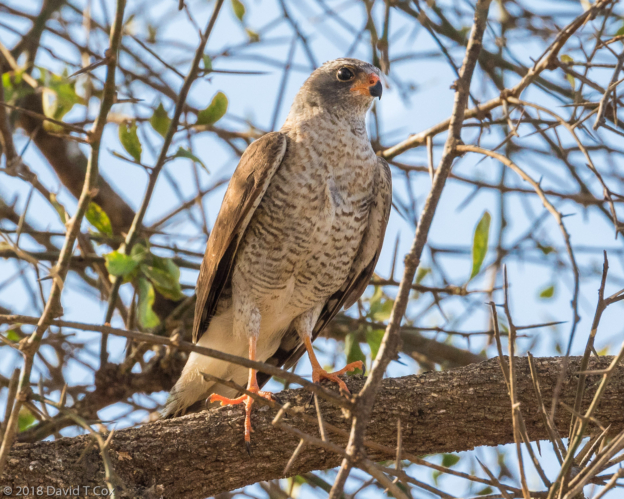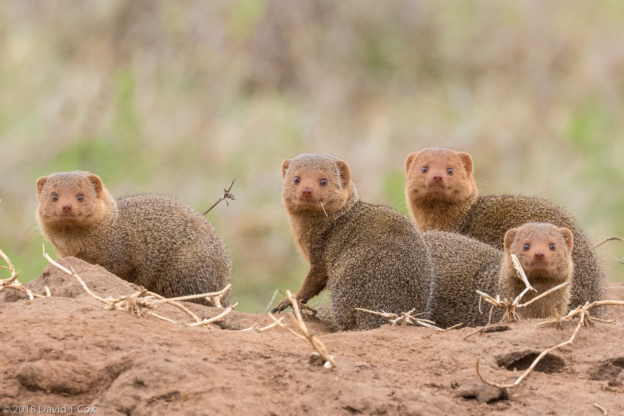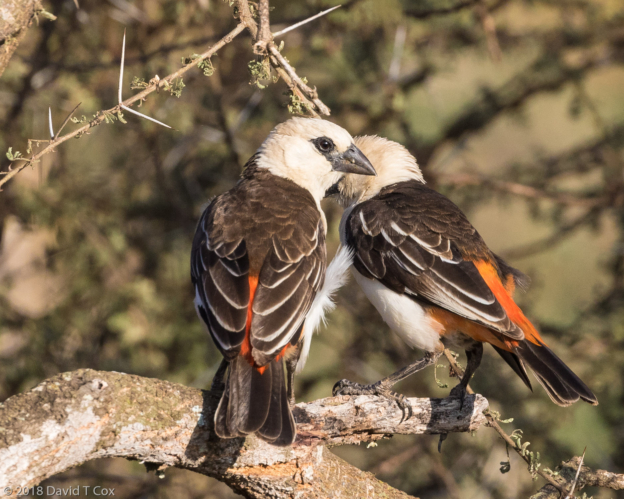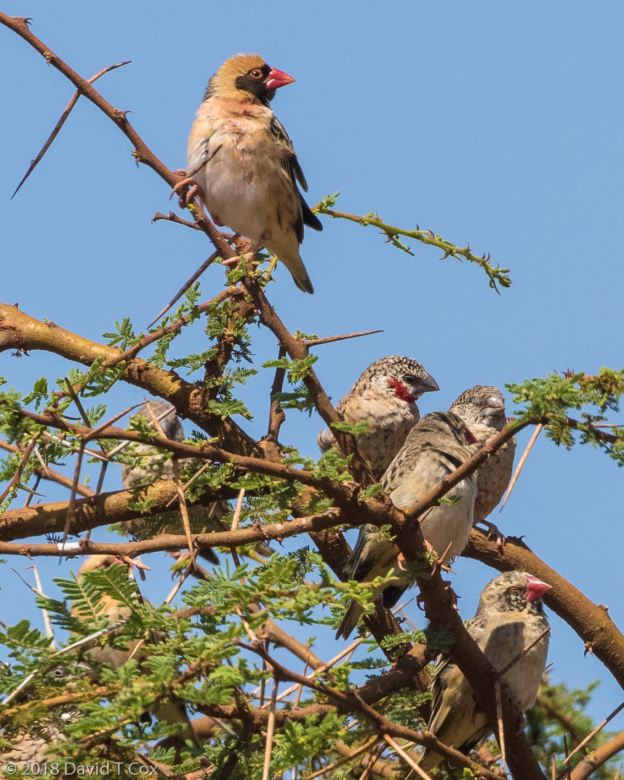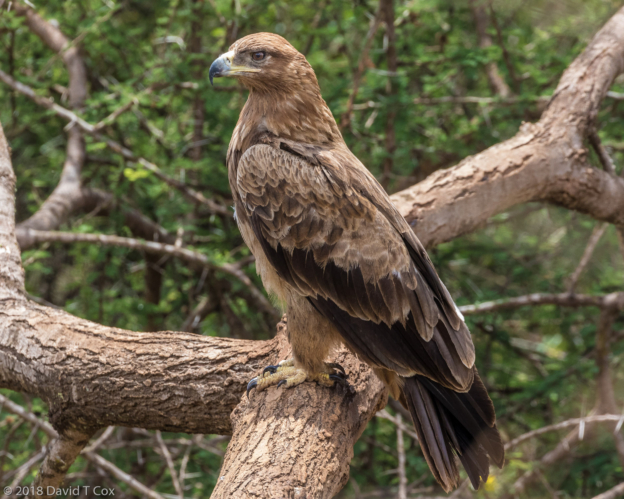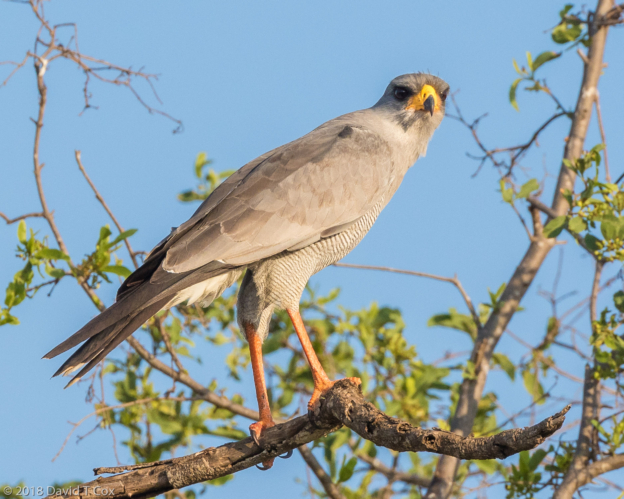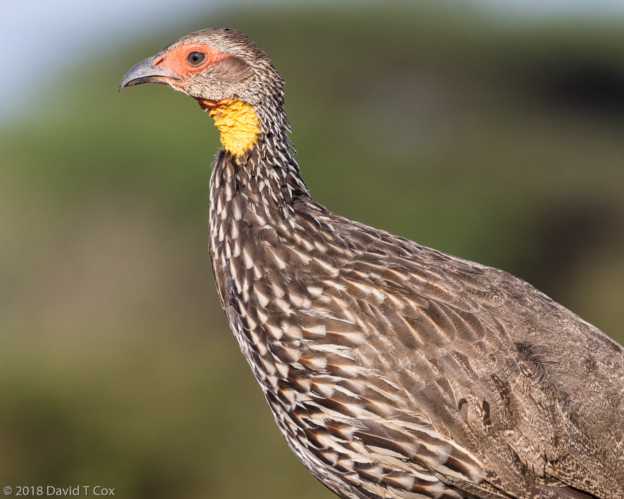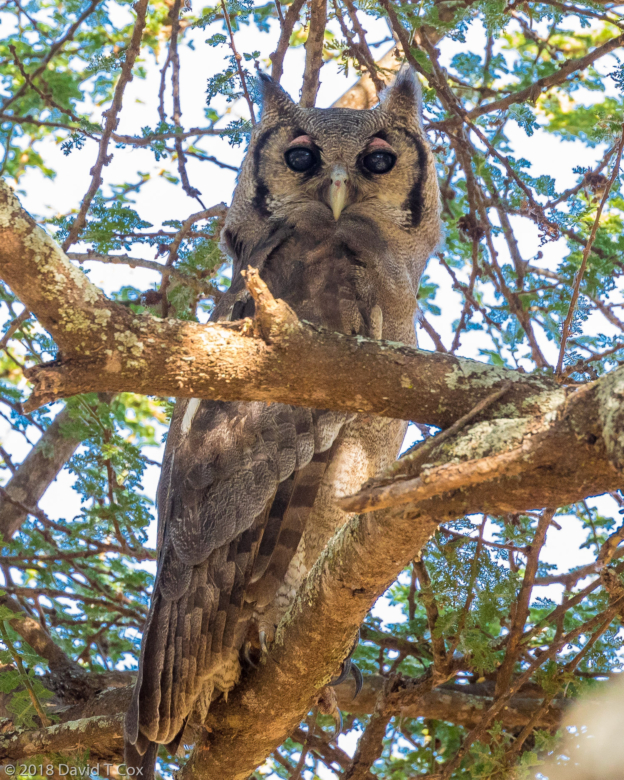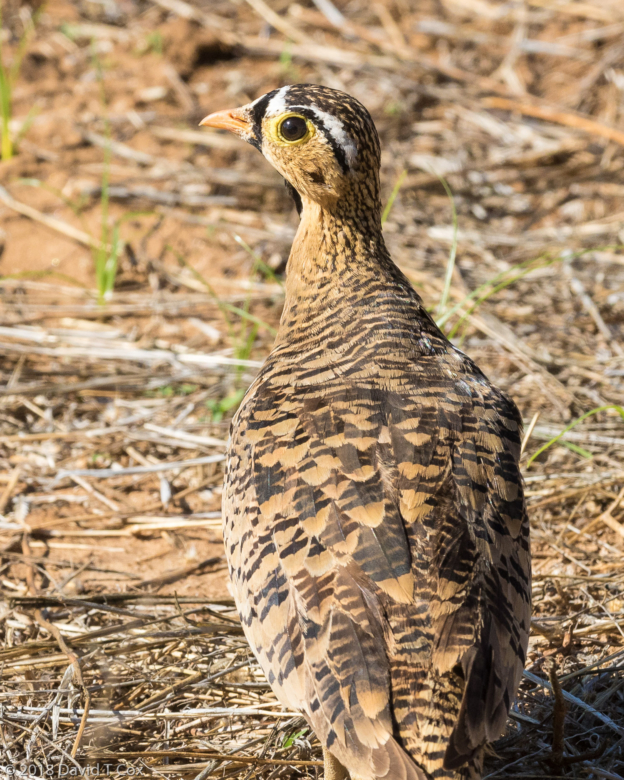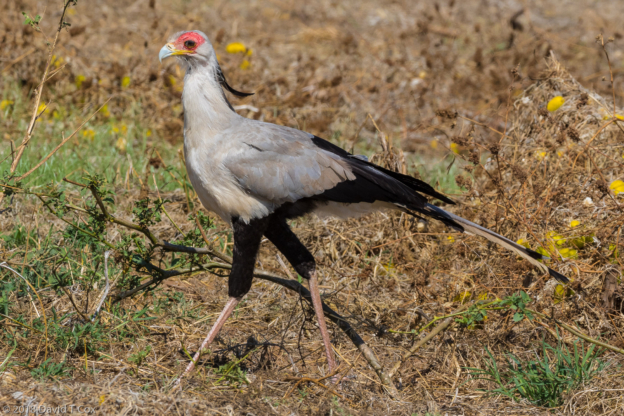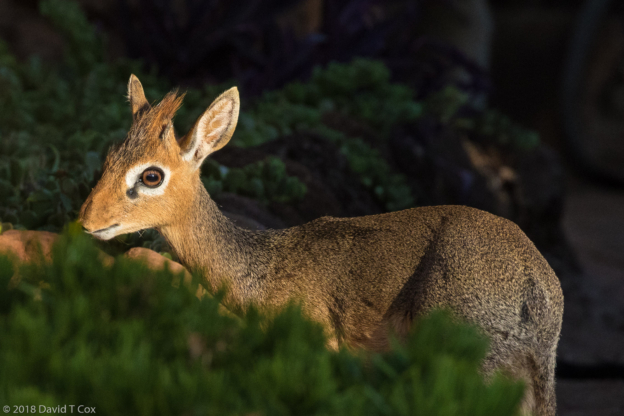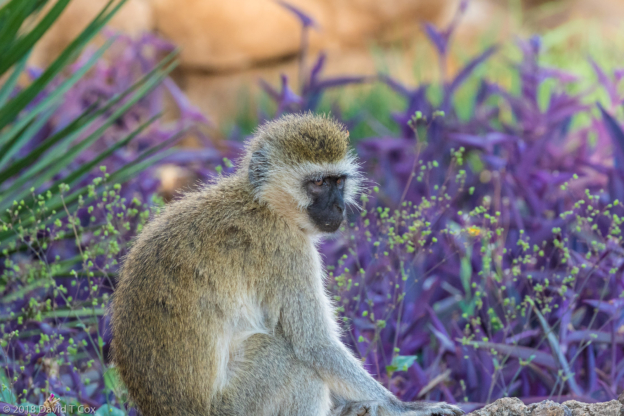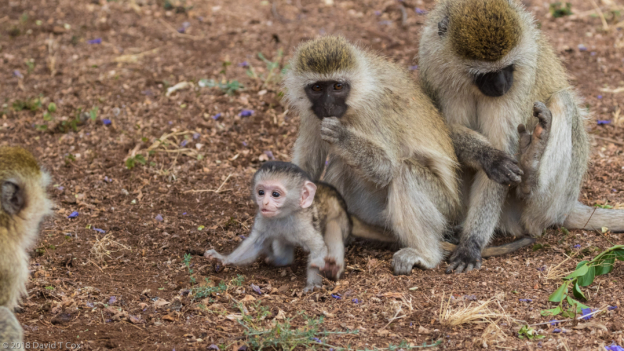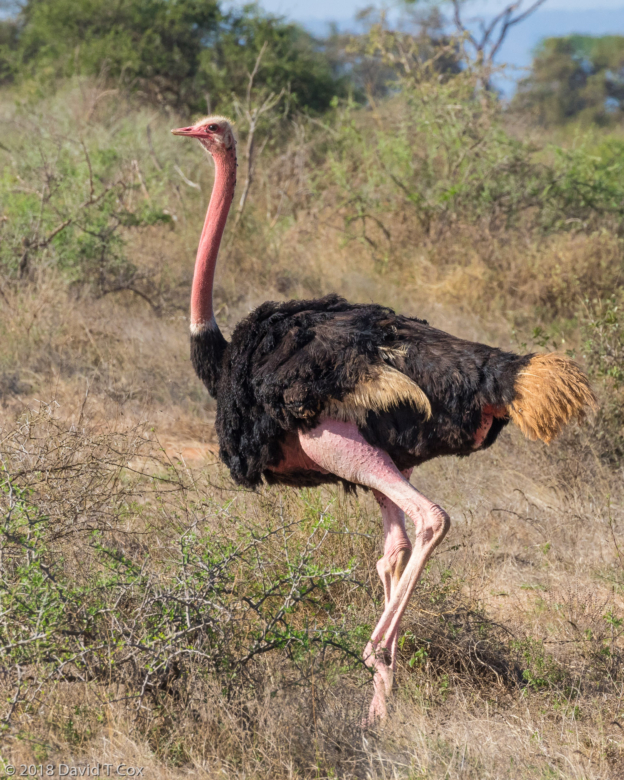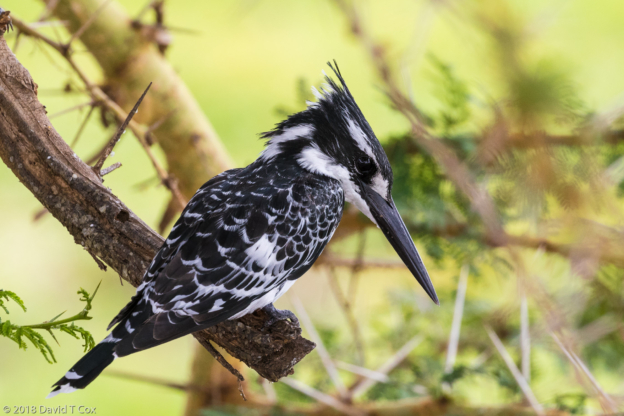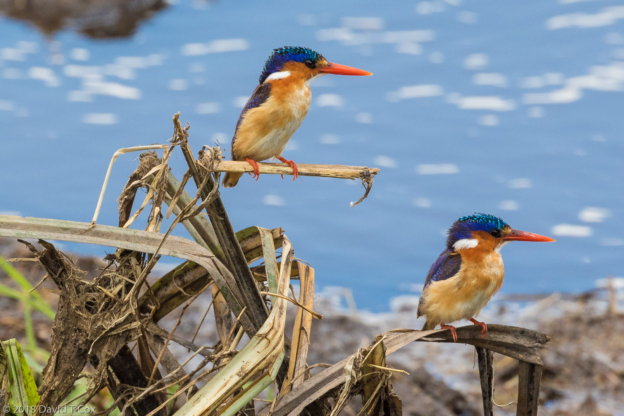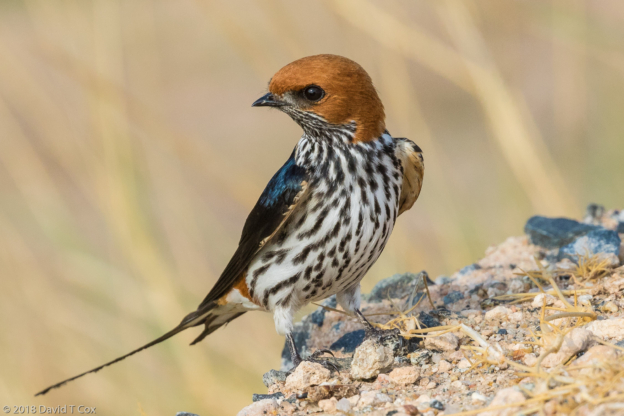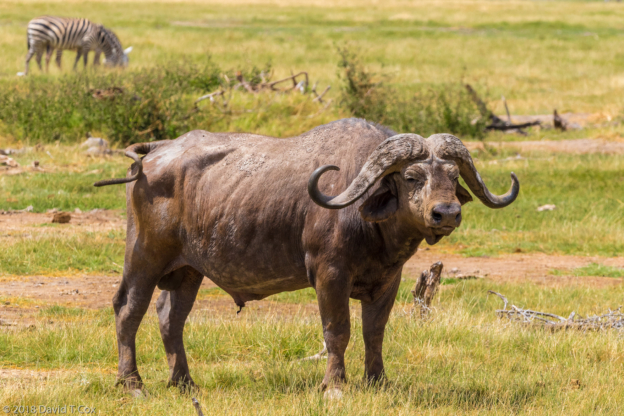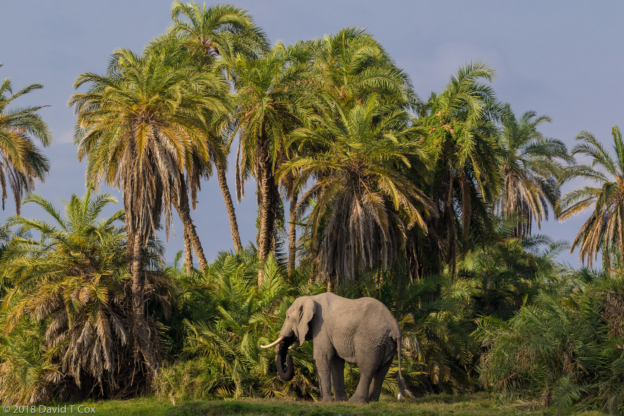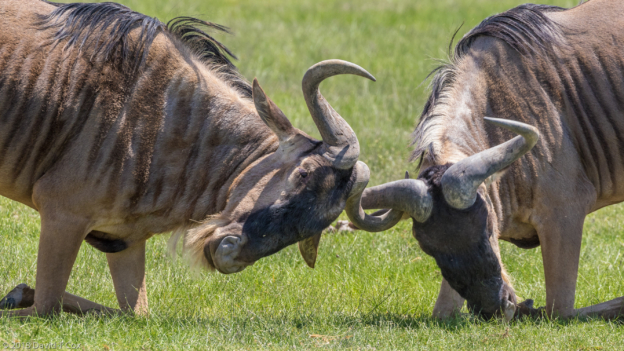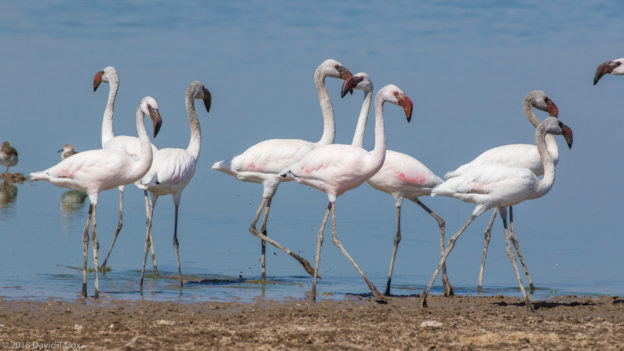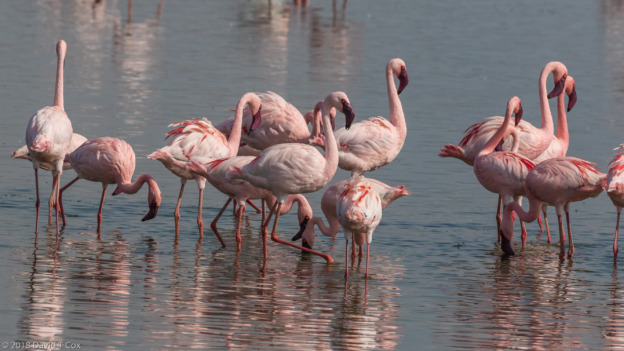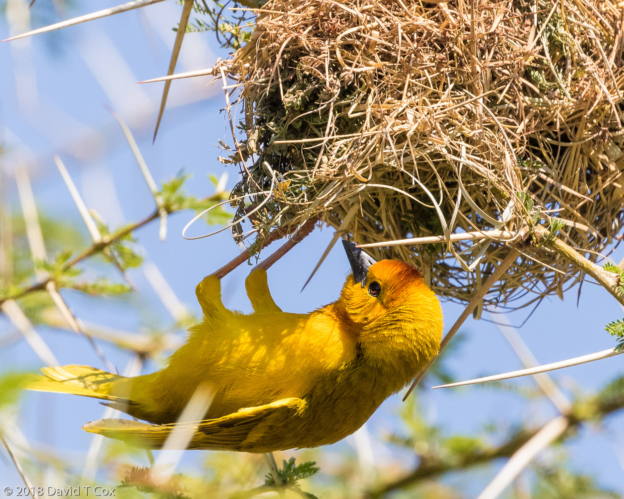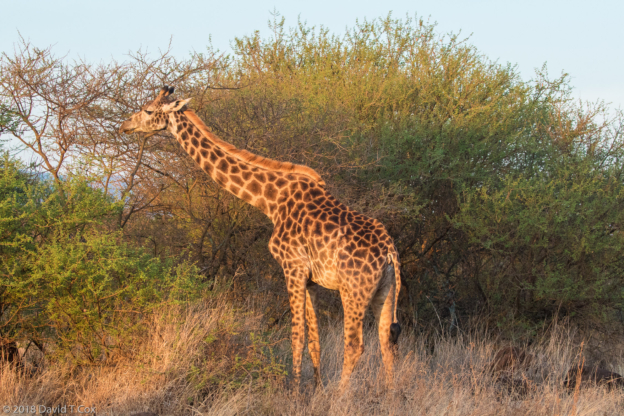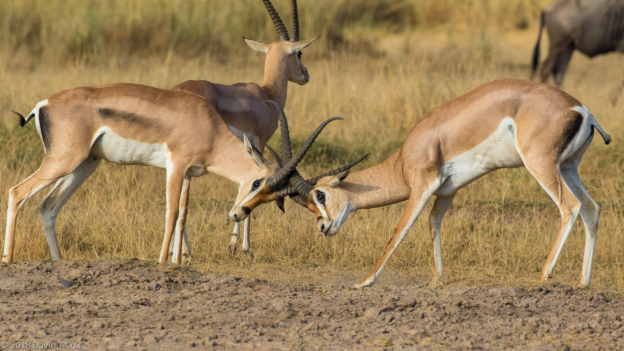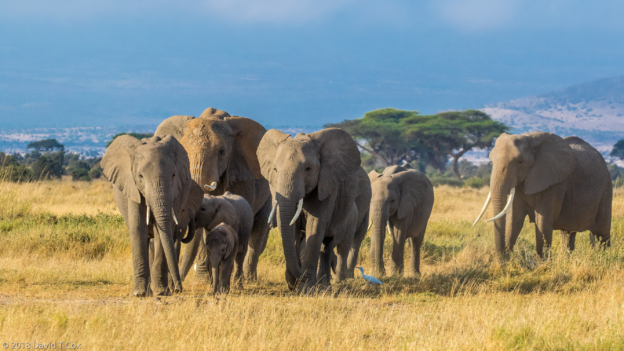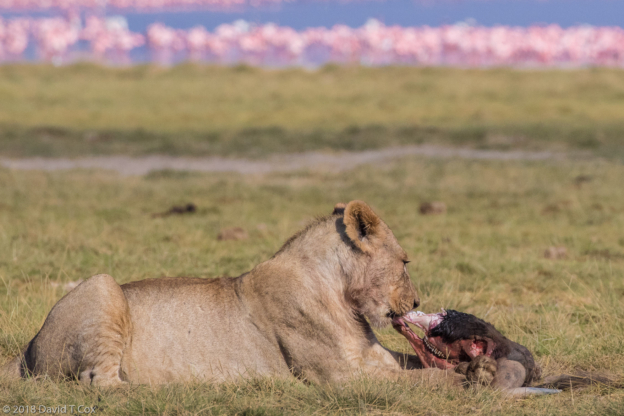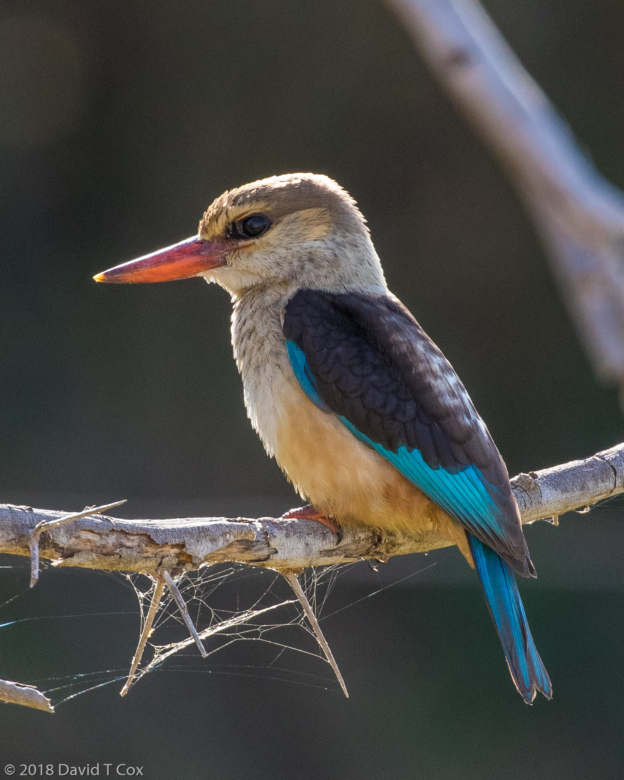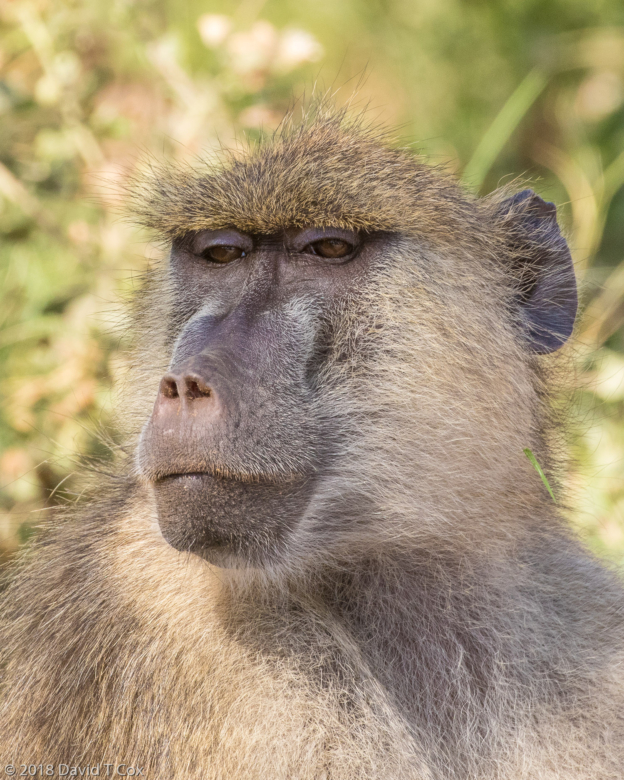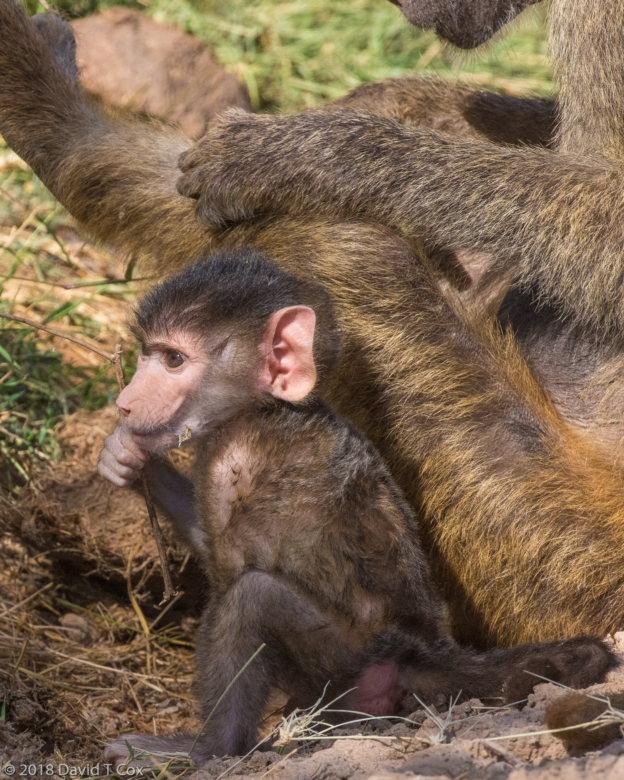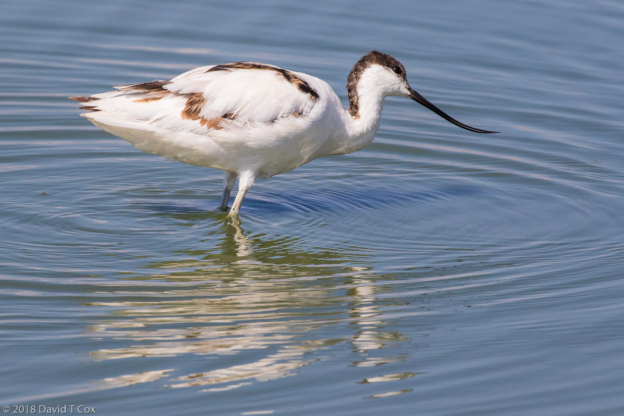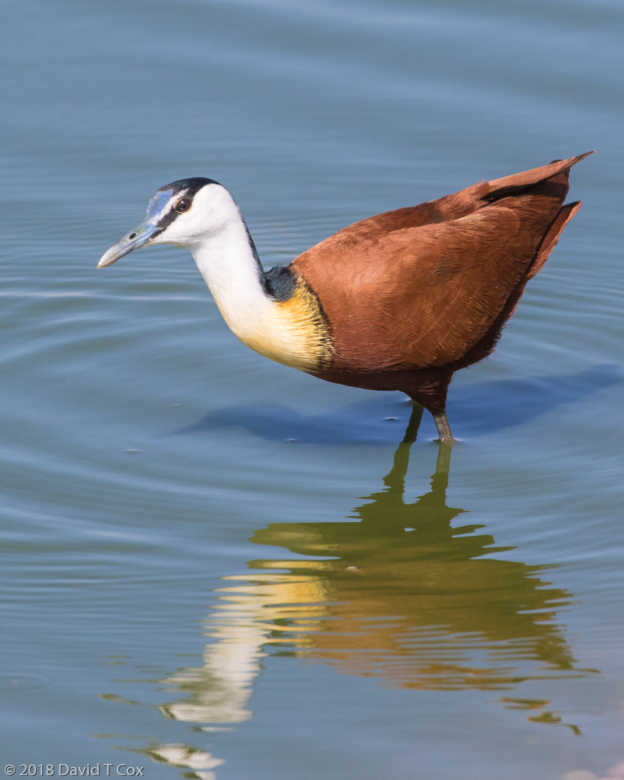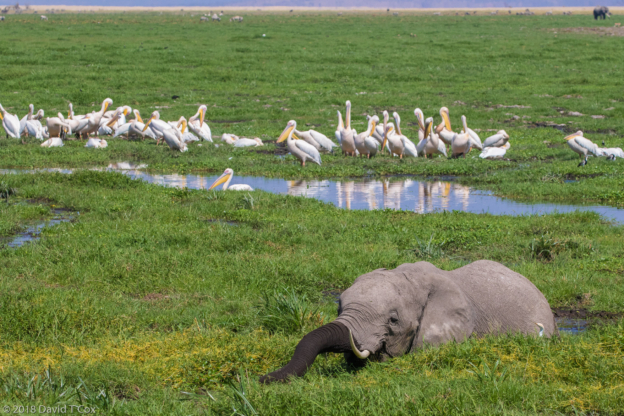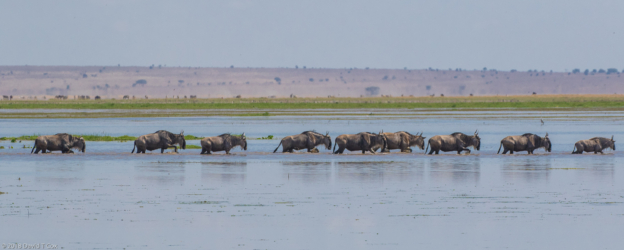All Photos Are Below the Travelogue Text
Click on Any Photo To Open Slide Show
To print the travelogue, right click anywhere on the page. Choose "Print" from your browser dialog box. You can choose Save to PDF in the browser print window.
Share your thoughts.
Email Dave - coxdavid55@hotmail.com
After an uneventful flight back from Madagascar and 3 nights in Nairobi, I took a bush flight to the dirt airstrip in Amboseli National Park. The small single engine plane carried 8 passengers, and after taxiing to the runway at the Wilson Airport, we were told we had to exit the plane and walk back to the terminal. The plane was towed back manually by the crew. One of the foot pedals apparently was stuck. Thirty minutes late, we again boarded and took the 50 minute flight to Amboseli. There I was met by the 4X4 vehicle from the Selenkay Conservancy, and with 3 others we spent 7 hours touring Amboseli National Park, about which I will write more below.
The Selenkay Conservancy is a private reserve north of Amboseli, consisting of about 25 square miles of bush land held in trust for about 50 Maasai villages. The local villagers basically provide all the employees, drivers, guides etc. Only one tented camp has been allowed in the reserve – the Porini Amboseli Camp, with 16 large private tents. While I was there for 4 nights, the camp never had more than 6 guests, as the high season now has ended. I was provided access to my own jeep, driver and bird guide while there, and spent every morning for about 6 hours on game drives. The conservancy has most of the large Kenyan game animals, including elephant, lion, leopard, buffalo, giraffe and 8 species of antelope, including the elegant long-necked Gerenuk, the rarely seen Lesser Kudu and the tiny Kirk’s Dikdik – Dikdiks are the smallest antelope in the world.
The tents were very large canvas rooms with huge bathrooms. Showers were anytime, involving a room assistant bringing large buckets of hot water, lifted with pulleys and ropes high enough for the water to gravity drain into the inside shower. It worked great, but one must keep careful track of the water use, or it runs out before you rinse the soap off. I learned to wet, turn off the water, soap and shampoo, then turn the water back on to rinse. The tent was generally rather well occupied by not only yours truly, but a number of black crickets, black tent spiders and a lovely young toad which lived just under my shower’s raised wooden slat floor. During the day, the heavy canvas over the large windows and the 6 X 10 foot entrance was rolled up and all openings were covered by just light insect netting. At night all the heavy canvas was rolled down and zipped up tight over all entrances for security and privacy. The camp was in the middle of the reserve and had no protection from the wildlife. We had to be escorted at night to our tents, as on occasion buffalo, elephant or lion wandered through camp. My third night, someone forgot to roll down and seal my canvas coverings, and I went to bed with just the insect netting over all openings. I initially preferred that, with the fresh air passing through and stars visible; then around midnight a male lion started roaring every half hour from the waterhole about 200 meters away. I realized I had nothing but bug netting all along the side of the bed, 6 inches from my head, and I faced the large front opening onto the “veranda,” where, I had been told, a lion once had strolled through. I didn’t sleep as well as I would have liked that night, but learned later to make a passable impression of the lion’s roar (which I didn’t practice after dark, as the others told me it sounded real enough, and I didn’t wish to attract the lion to a perceived intruder).
The camp was all-inclusive, (except, of course, tips), and the meals too frequent and large. The second day in the afternoon I joined 4 others to visit the closest Maasai village; the visit was a real treat, and due to the association of the villages with the reserve, no crafts were offered for sale and no tipping was expected. The young warriors escorted us into the village, which comprised a group of thatch and cow dung circular structures with no windows for light, and single doors opened first going through a narrow passage one way, then turning 180 degrees and passing the other. The entrance blocked all light and allowed smoke and local herb vapors to fill the hut keeping it free of flies, mosquitoes etc. The warriors did a number of dances, including those with the famous high leaps, and the ladies sang and danced.
I photographed a number of birds and animals, including the huge roosting Verreaux’s Eagle Owls, largest of Africa’s owls, the Tawny Eagle, Secretary Bird, and very colorful Von der Decken’s Hornbill and White-headed Buffalo Weaver. We spent about an hour one day by an old high termite mound which was occupied by a very large clan of Dwarf Mongoose. They all would mingle on top, chirping and cleaning each other. Any unusual noise and all would instantly turn their heads in the same direction. The most common bird in this part of Africa probably is the most beautiful also – the Superb Starling is an iridescent metallic gun metal blue and orange.
My 5th day I was met by a private car and driver who will escort me for most of the rest of my days in Kenya. We drove south to near the northern slopes of Mt Kilimanjaro at the southern edge of the Amboseli National Park. There I stayed in the Sopa Lodge for 3 nights. Daily we drove into the park and along the shores of shallow soda Amboseli Lake, which this time of year appears pink from a distance as it is practically covered with huge flocks of both Lesser and Greater Flamingos. Along the edges are numerous species of plovers and sandpipers among many other shore and water birds. Around the lake stretch endless grassy plains, interspersed with occasional small wooded areas. Large herds of Blue Wildebeest, Grant’s Gazelle, Impala and Zebra mingle here, and large families of Elephants pass through the marshy areas around the lake. Lions, buffalo and giraffe also are common. I could endlessly watch the families of African Elephants pass from one forested area to another – parking along their route provided unforgettable views of them in single or double file majestically marching toward or away from us. The Park is full of raptors, and after photographing a huge Martial Eagle on a tree top in the morning, at noon we passed by again and the Eagle did a stoop from on high, dropping straight to the ground onto a young warthog – the pig dodged at the last instant and the Eagle missed. That same day we sat and watched two lionesses finishing off a Blue Wildebeest carcass; one spent the entire time delicately removing parts of the animal’s face, which was a little gross. The largest Wildebeest bulls and Grant’s Gazelle males, in their prime, often were seriously sparring with clashes of horns as mating season approaches. One lion couple was mating every 10 minutes or so – I was informed this could occur in any season, and when the female was in heat, the mating would continue day and night for several days.
From Amboseli we drove west to the Tsavo West National Park, down in the south eastern corner of Kenya, just east of the slopes of Mt Kilimanjaro in neighboring Tanzania. Here I am staying in the lovely Serena Lodge from where I can post this report. Later. Dave
- Superb Starling, Selenkay Conservancy, Kenya
- Gerenuk, Selenkay Conservancy, Kenya
- Gabar Goshawk, Selenkay Conservancy, Kenya
- Dwarf Mongoose, Selenkay Conservancy, Kenya
- White-headed Buffalo Weaver, Selenkay Conservancy, Kenya
- Red-billed Quelea and Cut-throat Finch, Selenkay Conservancy, Kenya
- Tawny Eagle, Selenkay Conservancy, Kenya
- Von der Decken’s Hornbill, Selenkay Conservancy, Kenya
- Pale Chanting Goshawk, Selenkay Conservancy, Kenya
- Lilac-breasted Roller with spider, Selenkay Conservancy, Kenya
- Yellow-necked Spurfowl, Selenkay Conservancy, Kenya
- Verreaux’s Eagle Owl, Selenkay Conservancy, Kenya
- Black-faced Sandgrouse, Selenkay Conservancy, Kenya
- Secretary Bird, Selenkay Conservancy, Kenya
- African Elephant and Cattle Egret, Amboseli NP, Kenya
- Kirk’s Dikdik piacintinii, Selenkay Conservancy, Kenya
- Vervet Monkey, Sopa Lodge , Amboseli NP, Kenya
- Vervet Monkey, Sopa Lodge , Amboseli NP, Kenya
- Ostrich, Selenkay Conservancy, Kenya
- African Fish Eagle, Amboseli NP, Kenya
- Pied Kingfisher, Amboseli NP, Kenya
- Malachite Kingfisher, Amboseli NP, Kenya
- Lesser Striped Swallow, Amboseli NP, Kenya
- African Buffalo, Amboseli NP, Kenya
- African Elephant, Amboseli NP, Kenya
- Blue Wlldebeest, aka Brindled Gnu, young bulls sparring, Amboseli NP, Kenya
- Greater Flamengo, Amboseli NP, Kenya
- Lesser Flamengo, Amboseli NP, Kenya
- Taveta Golden Weaver, Amboseli NP, Kenya
- Giraffe, Amboseli NP, Kenya
- Grant’s Gazelle males fighting, Amboseli NP, Kenya
- African Elephant, Amboseli NP, Kenya
- Lion on Blue Wildebeest kill, Amboseli NP, Kenya
- Grey-headed Kingfisher, Amboseli NP, Kenya
- Yellow Baboon, Amboseli NP, Kenya
- Yellow Baboon infant, Amboseli NP, Kenya
- Pied Avocet, Amboseli NP, Kenya
- African Jacana, Amboseli NP, Kenya
- African Elephant and Great White Pelican, Amboseli NP, Kenya
- Wildebeest crossing lake, Amboseli NP, Kenya
To print the travelogue, right click anywhere on the page. Choose "Print" from your browser dialog box. You can choose Save to PDF in the browser print window.
Share your thoughts.
Email Dave - coxdavid55@hotmail.com
